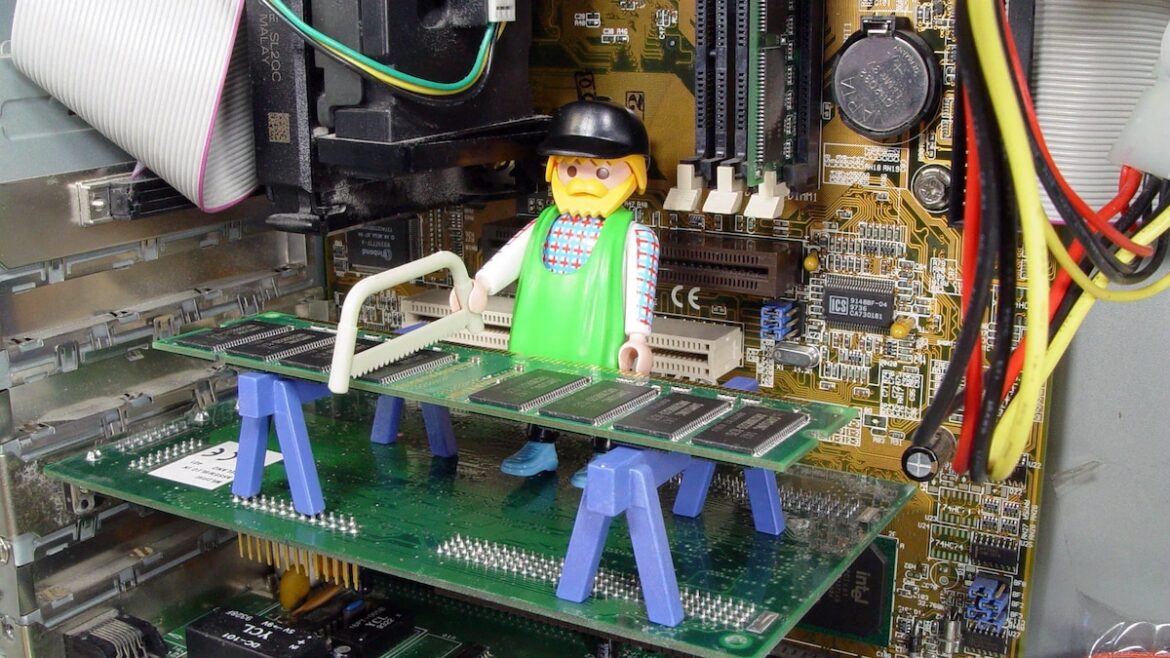1.6K
The debug mode of Windows offers you various possibilities to detect and solve errors of the operating system or to optimise your system
How the debug mode can help you
The Windows operating system is more often prone to errors, but fortunately it also gives you ways to diagnose and fix them yourself. Debug mode is an advanced mode that provides additional tools and functions for troubleshooting.
- In debug mode, only the basic device drivers and system services are loaded, which may prevent faulty or incompatible drivers and programmes from being loaded. This helps to identify and isolate start-up problems.
- In addition, the debug mode allows you to perform basic system repairs. For example, they can repair damaged system files that are important for the proper functioning of the operating system.
- If your computer crashes due to serious system errors such as Blue Screens, Debug Mode enables troubleshooting and error analysis by providing access to log files and other diagnostic tools.
- Even if your system is infected with a virus, Debug Mode can help detect them during Advanced Startup.
How to open the debug mode
To open Debug Mode, it is not enough to look for it in Settings or Control Panel alone. You need to enable Advanced Start.
- To put Windows 11 into debug mode, first open PC Settings (not Control Panel).
- Then go to System ☻ Recovery. Under Recovery Options, you can now select Advanced Startup. This restarts your PC and loads an interface where you can change Windows start-up settings or boot from another drive. You can also start the Debug Mode.
- In Windows 10, go to “Update and Restore” in the PC settings. If you select “Recovery”, you can click on Advanced Start there and open Debug Mode from there, just like with Windows 11.

